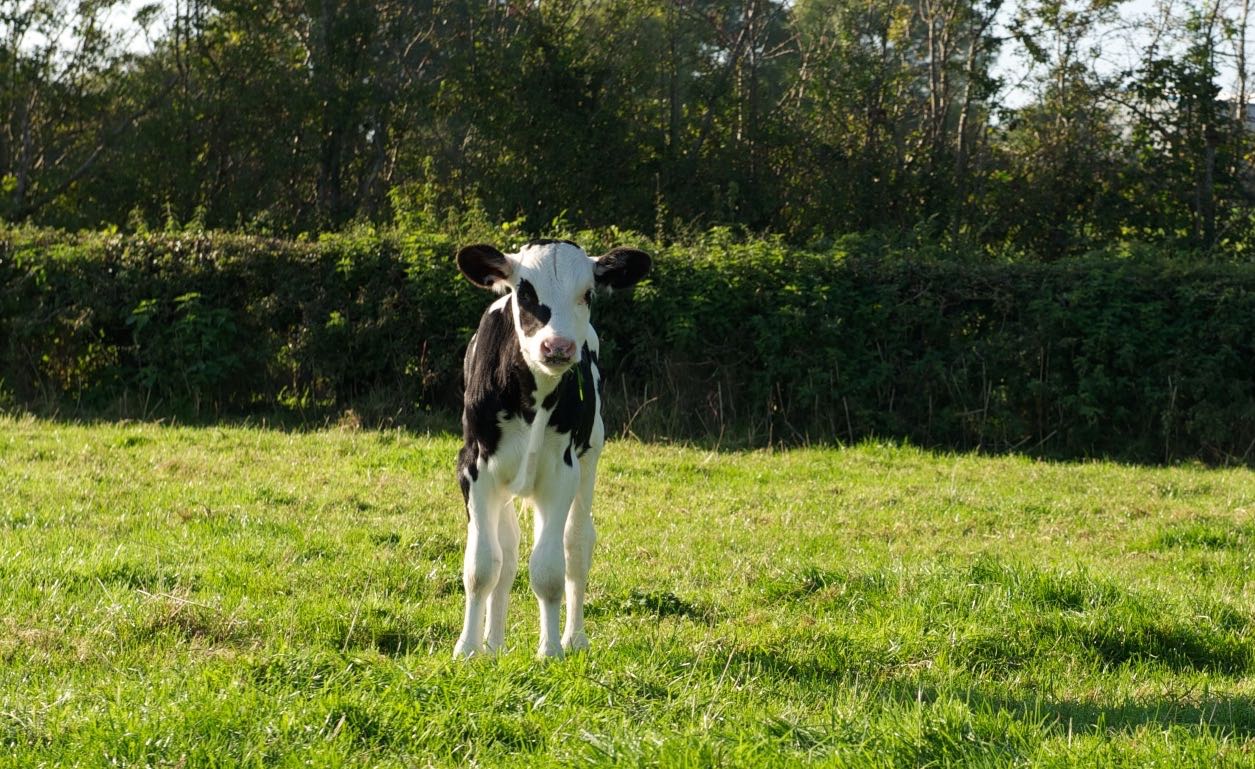However, even though this information is not new to the industry, recent studies conducted at Reading University across 500 NMR recorded herds, indicate that the median herds in the study were calving at 28.8 months of age. For a heifer to calve at 24 months of age, she must maintain an overall average growth rate of approximately 750 g/day from birth right up to calving. Throughout this period it is vital that weight targets relative to the mature bodyweight of cows in the milking herd are achieved at different points during the rearing period (see table 1).
In order for these weight targets to be achieved, it is essential that growth rates are optimised, particularly from birth through to weaning as this is the most efficient period for gain in a heifer’s life.
Newborn calves have an immune system that is not fully developed, as the antibodies responsible for identifying and destroying pathogens (IgG) do not pass from the blood stream to the placenta during pregnancy. Consequently newborn calves should receive 10% of their bodyweight in colostrum within the first six hours of life to ensure adequate transfer of IgG. This is the only source of antibody to the calf until its own immune system is more developed. Supplying colostrum within this time period is critically important as receptors in the small intestine close after 24 hours and prevent antibodies from being absorbed into the blood stream thereafter. Ensuring calves receive good quality colostrum with an IgG content in the range of50-140mg/ml is also very important.
Young calves are susceptible to disease risks from a wide variety of pathogens. And although many bacteria reside in the intestine of a calf, overexposure or overgrowth can lead to disease with resulting damage to the intestinal villi of the calf. This reduces a calf’s ability to absorb nutrients and can result in diarrhoea, dehydration and ultimately death if left unchecked. A strong healthy immune system is a vital defence mechanism for a calf, and management practices must be in place on farm to reduce the disease risk. Adequate ventilation in a dry, well-bedded calf house is extremely important, as is the cleanliness and hygiene of calving pens. Maintaining clean feeding equipment is also key, in order to minimise the risk of disease and scour. Keeping stress to a minimum during this period should also be a top priority.
Current recommendations suggest that calves should double their birth weight before weaning, this equates to a 40 kg Holstein heifer being weaned at greater than 80 kg, and when she is eating 1.5 kg of hard feed for three consecutive days. The aim is to achieve this over approximately an eight-week period. The weaning target can only be met by encouraging rapid rumen development early on in a calf’s life. Feeding palatable calf starter concentrate containing starch and digestible fibre a few days after birth encourages the growth of these rumen microbes. Fermentation of starch and fibre in the rumen leads to the production of volatile fatty acids, which encourage the development of the rumen epithelium and papillae. The rumen papillae (see picture) absorb the volatile fatty acids from the rumen into the blood stream, and are used by the calf for maintenance and growth.
|
Target weights at different stages for Holstein heifers |
||
|
|
Weight |
% mature bodyweight |
|
Mature bodyweight |
685 kg |
100% |
|
Puberty |
274 kg |
40% |
|
At first breeding |
375 kg |
55% - 60% |
|
After first calving |
582 kg |
85% |
Table 1 - Source: Owens et al, 1993
Periodically weighing calves with scales is a good practice to implement, and provides insight into how calves are performing and if target weights at weaning are being achieved. A weigh tape can also be used, as there is a strong correlation between heart girth measurement and live weight.
Including Actisaf Sc 47 live yeast into the diet of young heifer calves has proven to significantly increase performance on a number of levels. Actisaf promotes improved intestinal health by increasing villi length. This leads to greater absorption of nutrients in the small intestine and improved integrity of the intestinal epithelium, thereby reducing the ability of pathogens to be absorbed into the blood stream.
Actisaf has also been shown to bind to bacterial pathogens such as e coli and salmonella and prevent them from being absorbed into the blood. Actisaf also creates a rumen environment where fibre-digesting and lactic acid-utilising bacteria thrive in abundance. This promotes fibre digestion and a stable rumen pH, which increases the energy available to the calf, reduces the risk of digestive upsets and eases the transition to hard feed.
All of these benefits combined have shown that in Actisaf supplemented calves, feed conversion efficiency and daily live weight gain are increased, resulting in a reduction of days to weaning by up to 7 days.
Rearing dairy heifer calves to enter the milking herd at two years of age has been proven to provide superior financial and productive benefits over and above calving at the traditional 28 - 30 months of age. Getting the basic nutrition, management and health of the calves right at birth through to weaning is of paramount importance if this target is to be achieved. Actisaf ensures that heifer growth rates are maximised during the early stages of life and the two-year target of entry into the milking herd is kept firmly in sight.

